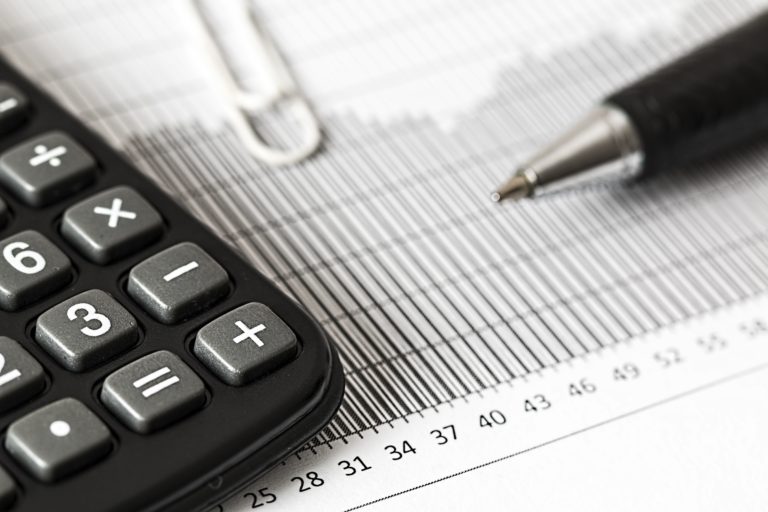Growing your retirement savings means being intentional over the long term. Here’s where you should be tracking at each decade.
The roaring 20s
Most young people baulk at tipping a few more dollars into super during their 20s since retirement is nearly 50 years away. There are other immediate expenses; the Europe trip, saving for a house deposit or building a career.
But there is an argument for adding a little extra to your super. It’s called compounding. And out of the three building blocks of wealth – time, return and money – the most powerful of these is time. A little extra today can really snowball by the time you get to your golden years.
In your 20s, check that all your superannuation accounts are rolled into one and keep an eye out for any government co-contribution schemes to ramp up any modest contributions.
Thrifty 30s
During the thrifty 30s the financial commitments increase; there may be kids, mortgage payments and school fees to put pressure on the household bottom line.
At this point your earnings are likely higher, so it might be worth looking at salary sacrificing a few extra dollars into super, a tax effective strategy.
You’ll also want to look at a few other settings such as insurances within super to protect those you love and check your investment options such as growth, balanced or fixed interest?
Adding to super in your 30s means you still have the power of time on your side.
The focused 40s
Now you’re going to have to pay a little bit more attention to your super and get focused on building your nest egg.
At this point, you will be wanting to think about setting some retirement goals and taking a closer look at how you are going to fund your dream lifestyle.
One of the best strategies is to consistently and gradually increase your salary sacrificed contributions. These days, you are likely in the thick of the mortgage repayments, so it’s important to get the balance right between tapering off debt and saving for the future.
At this stage, book an appointment with a financial planner to look at your super in the context of your overall financial goals.
50s fitness kick
Your 50s are the time to get on a super fitness kick. It’s about reviewing your position, understanding the super rules and making some firm calculations about how much you will need in retirement.
Another important thing here is to review your insurances. Perhaps your financial commitments aren’t as high and you may want to check that you are not over insured. It’s also important to check your nominated beneficiaries.
Many people tip a lot of money into super at this point. But there are other factors that come into the super orbit such as anticipated access to Pensions or Healthcare cards.
60s stepping back
Congratulations – you are on your final pre-retirement super lap and there are two key words here: timing and strategy.
One great strategy is a transition to retirement plan which can really ramp up the tax effectiveness of accumulating money for your retirement.
And while you have time in front of you, timing is everything at this point. In the final years before retirement, look at your end salary and your super as part of the same whole. Need to make a big purchase such as a new car? Taking an overseas holiday? Usually these are best funded from the final years of work.
Getting control over your superannuation is an important step in setting yourself up for retirement. Call the team at Future Step Financial Services to have a talk about super.



